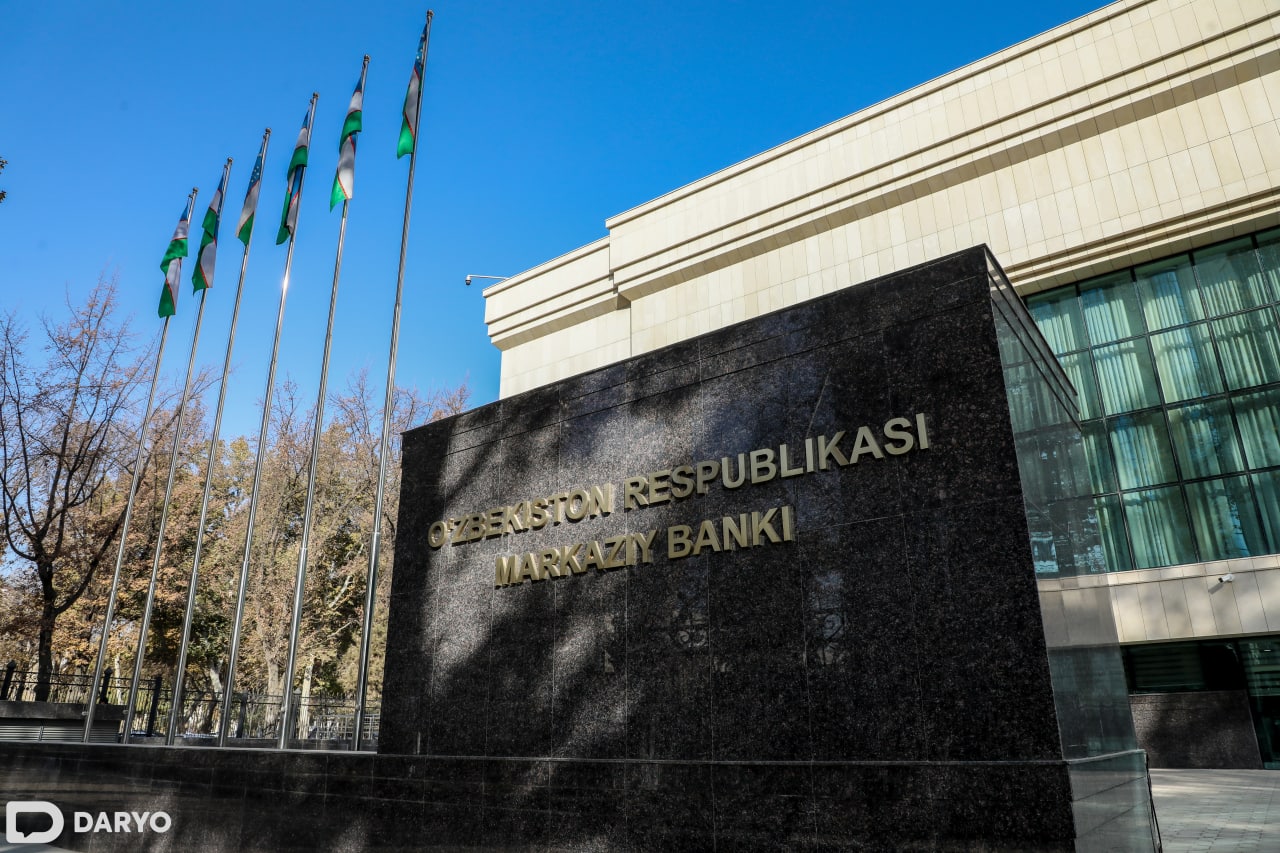As of August 1, the Central Bank of Uzbekistan reported a slight increase in the volume of non-performing loans (NPL) within the country's banking sector in 7M24. The total volume of NPLs has reached $1.6bn (UZS 20.8 trillion), marking a 0.2% rise and constituting 4.2% of the total loan portfolio.
State-owned banks have a problematic loan volume of $1.2bn (UZS 15.2 trillion), maintaining an NPL share of 4.4% in their total loan portfolios. Among these, Banke razvitiya biznesa reported the highest NPL ratio at 11.5%, followed by Mikrokreditbank with 7% and Narodnyi bank with 5.6%.

In contrast, private banks experienced a rise in their NPL share from 3.3% to 3.7%. Madad Invest Bank has the highest NPL ratio among private banks at 20.9%, with Garant Bank following at 14.3%. The total volume of the banking sector's loan portfolio stands at $39bn (UZS 500.6 trillion), with government loans comprising $27bn (UZS 348.2 trillion) and private loans amounting to $12bn (UZS 152.3 trillion). This data reflects ongoing challenges within the banking sector, as authorities and financial institutions work to address and mitigate the impact of problematic loans on the economy.
As of July 1, 2024, Uzbekistan's non-performing loans (NPLs) decreased to $1.6 billion from $1.7bn in June, reflecting a 4.47% reduction as reported by Daryo earlier. The overall loan portfolio of commercial banks grew slightly by 0.75% to $39.3bn. State-owned banks saw an 8.07% drop in NPLs, with their ratio declining from 4.8% to 4.4%. Notably, the National Bank of Uzbekistan and SQB also reported significant decreases in their NPL ratios. Conversely, private banks experienced an 8.65% increase in NPLs, pushing their ratio up to 3.3%.
Follow Daryo's official Instagram and Twitter pages to keep current on world news.
Comments (0)